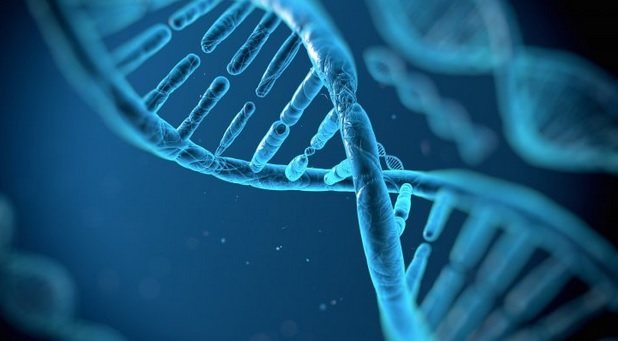15.1 Introduction to Genetics and Genomics

Learning Objectives
After studying this chapter, you will be able to:
- Classify and describe the different patterns of inheritance
- Define genomics and proteomics and explain different applications of genomics and proteomics
Introduction
The DNA of an individual, inherited from their two parents at the moment of fertilization, makes them unique – no one has ever possessed this particular combination of DNA in the past, and no one ever will again. Inheritance patterns can predict which possible traits an individual can possess, and how these traits can be passed on to their offspring.
The study of DNA and its resulting proteins has progressed to the field of genomics, the study of genomes, and proteomics, the study of proteins created from an individual’s DNA. These fields have numerous applications for human health, and promise to lead to an era of individualized testing and health care in the coming decades.
Louisiana Lagniappe
For many, the term ‘Cajun’ evokes romantic scenes of rural Louisiana life. In the world of genetics, however, ‘Cajun’ represents a distinct and often overlooked American ethnic group. ‘Cajun’ derives from ‘Acadian,’ or French-Canadian and Catholic residents of Nova Scotia, who were expelled from the region in the mid-1700’s. The exiled population eventually settled in communities along the Mississippi River near the Lafource, Teche, and Vermillion Bayous in Louisiana, where they have remained for over two centuries. At present, there are an estimated half million Acadian descendants living in Louisiana.The insular and exiled nature of the original Acadian bayou communities resulted in the preservation of the cultural heritage of the Louisiana Cajuns, celebrated around the world for their language, cuisine, and music. However, the relative isolation of these populations led to other profound consequences for their modern descendants: common genetic inheritance and an increased predisposition for genetic disease.
One of the first genetic disorders identified at high rates in the Cajun population was Friedreich Ataxia, a progressive neurodegenerative disorder typically resulting from autosomal recessive inheritance. In the United States, an estimated 1 in 40-50,000 individuals are diagnosed with Friedreich Ataxia; studies initiated in the 1980’s found that number increases to 1 in 20,000 amongst individuals with Cajun ancestry.
Another autosomal recessive disorder disproportionately affecting Cajuns was identified in the following decade: Usher syndrome, specifically type 1C. Usher syndrome is so prevalent in Cajun communities that it has had an impact on American Sign Language; the ASL dialect used in southern Louisiana borrows from tactile ASL and restricts signing to a smaller physical space.
Additional rare autosomal recessive disorders have been identified in Louisiana Cajuns. Two different recurrent mutations resulting in Tay-Sachs disease have been identified in Cajuns; one of these mutations has been traced back to a single ancestral couple over two hundred years ago. In one rural community called Iowa, the carrier frequency is higher than 1 in 10. Tay-Sachs is so prevalent in the region that it is known colloquially as “the Cajun disease.” Written records and oral history from early Cajun settlements describe “lazy baby” disease where apparently healthy infants would decline and die in early childhood; perhaps the legacy of undiagnosed Tay-Sachs.
Autosomal dominant disorders have also been identified at elevated frequency in Cajun populations. Louisiana has an increased prevalence of Charcot-Marie-Tooth disease type 1A, as well as oculopharyngeal muscular dystrophy.
